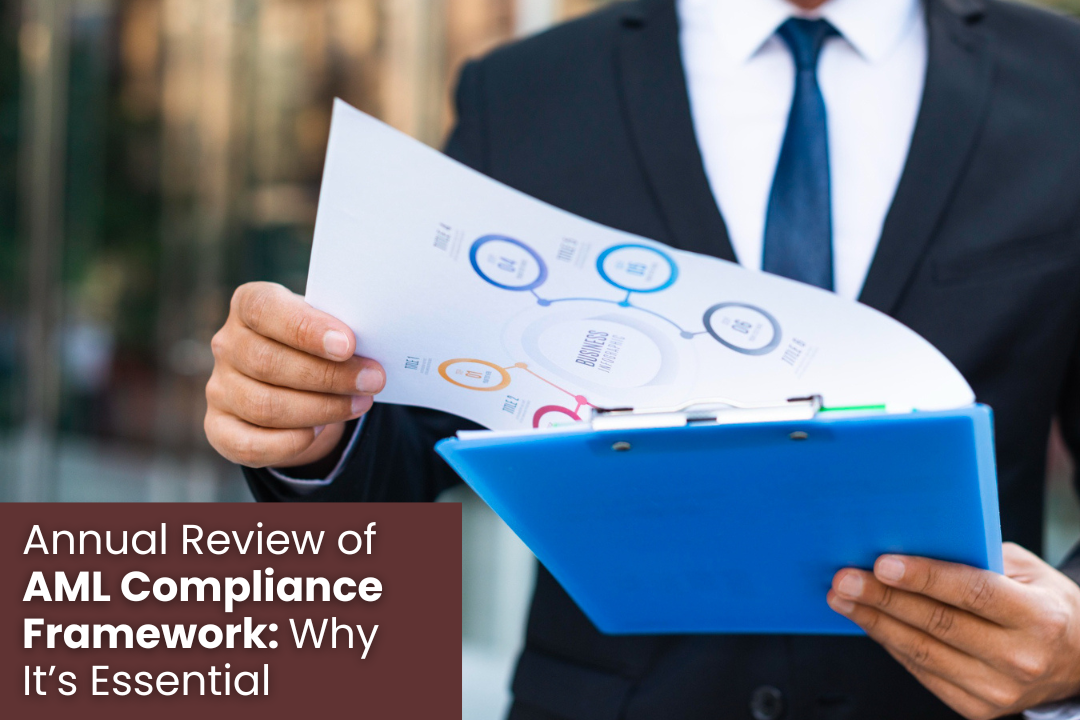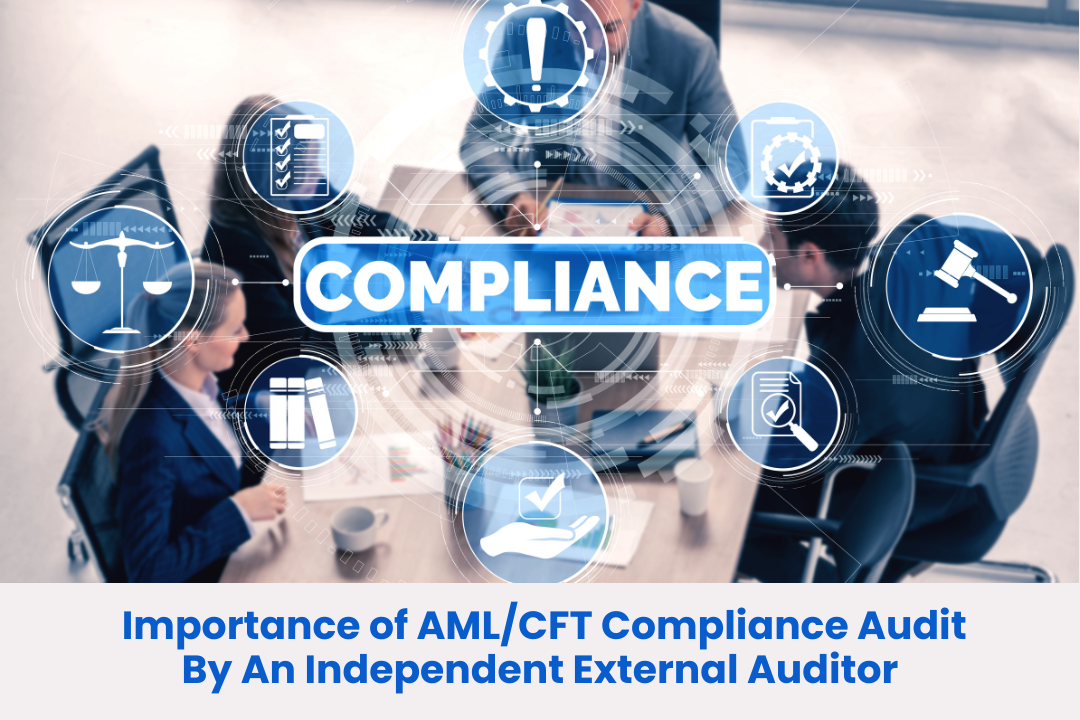In an era where financial crimes are increasingly sophisticated, adopting a risk-based approach (RBA) to AML compliance is no longer optional—it’s a global standard. Central to this approach is the AML Risk Assessment, a structured evaluation that enables businesses to identify, measure, and mitigate the risk of money laundering and terrorist financing across their operations.
From financial institutions to Designated Non-Financial Businesses and Professions (DNFBPs), the Anti-Money Laundering Risk Assessment is a critical component of an effective AML compliance program. It forms the foundation upon which policies, procedures, and controls are built, ensuring compliance is both effective and proportionate to the level of risk a business faces.
What Is an AML Risk Assessment?
An AML Risk Assessment is a systematic process of identifying potential vulnerabilities within a business that could be exploited for money laundering or terrorist financing. It involves assessing the nature and complexity of clients, transactions, products, delivery channels, and jurisdictions.
All regulated entities must conduct a documented, enterprise-wide Financial Crime Risk Assessment, update it periodically, and align it with their AML/CFT compliance measures, as mandated by the UAE’s Federal Decree-Law No. (20) of 2018 and Cabinet Decision No. (10) of 2019.
Why Risk-Based Approach Matters in AML Compliance
A Risk-Based Approach (RBA) ensures that businesses allocate their compliance resources efficiently by:
- Prioritizing higher-risk areas for more rigorous controls
- Applying simplified measures for low-risk clients and transactions
- Reducing operational burdens while strengthening effectiveness
This flexible model helps institutions stay compliant without over-regulating routine operations.
Key Components of an Enterprise-Wide AML Risk Assessment
An effective enterprise-wide AML Risk Assessment should include the following:
1. Customer Risk
Evaluate client profiles based on type (individual, company, trust), source of funds, industry, and geography. High-risk clients may require Enhanced Due Diligence (EDD).
2. Product & Service Risk
Certain products like wire transfers, cash-based services, or virtual assets carry higher ML/TF risks than others.
3. Geographical Risk
Clients or transactions linked to jurisdictions identified by the FATF as high-risk or under increased monitoring need closer scrutiny.
4. Delivery Channel Risk
Direct, face-to-face interactions pose less risk than online or agent-based transactions where identity verification may be limited.
5. Transactional Risk
Frequent, large, or complex transactions without clear business rationale may indicate suspicious activity.
Tools & Methods for Conducting AML Risk Assessment
To conduct a robust AML Risk Assessment, businesses can use:
- Risk Scoring Matrices: Assign numeric scores to different risk factors for objective analysis.
- Heat Maps: Visual tools that highlight high-risk areas across operations.
- AML Risk Assessment Tools: Software platforms that automate data analysis, scoring, and reporting.
- Compliance Dashboards: Centralized view of ongoing risk levels and changes over time.
These tools help businesses visualize and manage their risk landscape efficiently.
Documentation and Reporting Requirements
According to UAE AML regulations, your AML Risk Assessment must be:
- Documented in a formal report
- Approved by senior management
- Reviewed and updated regularly (especially after major changes)
- Submitted to authorities during inspections or audits
Failure to maintain an updated AML Risk Assessment can result in compliance breaches and significant penalties.
Best Practices for Effective AML Risk Assessment
The best practices to be followed for efficient AML risk assessment are as follows;
- Conduct regular risk reassessments, especially after launching new products or entering new markets.
- Train your staff to identify and respond to risk indicators effectively.
- Leverage AML compliance software to streamline assessments.
- Integrate your risk findings into internal controls and compliance policies.
These practices ensure your organization remains both agile and compliant in a changing regulatory environment.
Conclusion
An enterprise-wide AML Risk Assessment is a cornerstone of every effective AML Compliance Framework. By adopting a risk-based approach, businesses in the UAE can manage their compliance responsibilities strategically, protect their reputation, and avoid costly penalties. Auditac International, with offices in Dubai and Abu Dhabi, provides end-to-end support for AML compliance—including Anti-Money Laundering Risk Assessment, AML audits, compliance training, and system integration. With a deep understanding of UAE laws and global best practices, Auditac empowers businesses to build secure, compliant, and future-ready operations.











